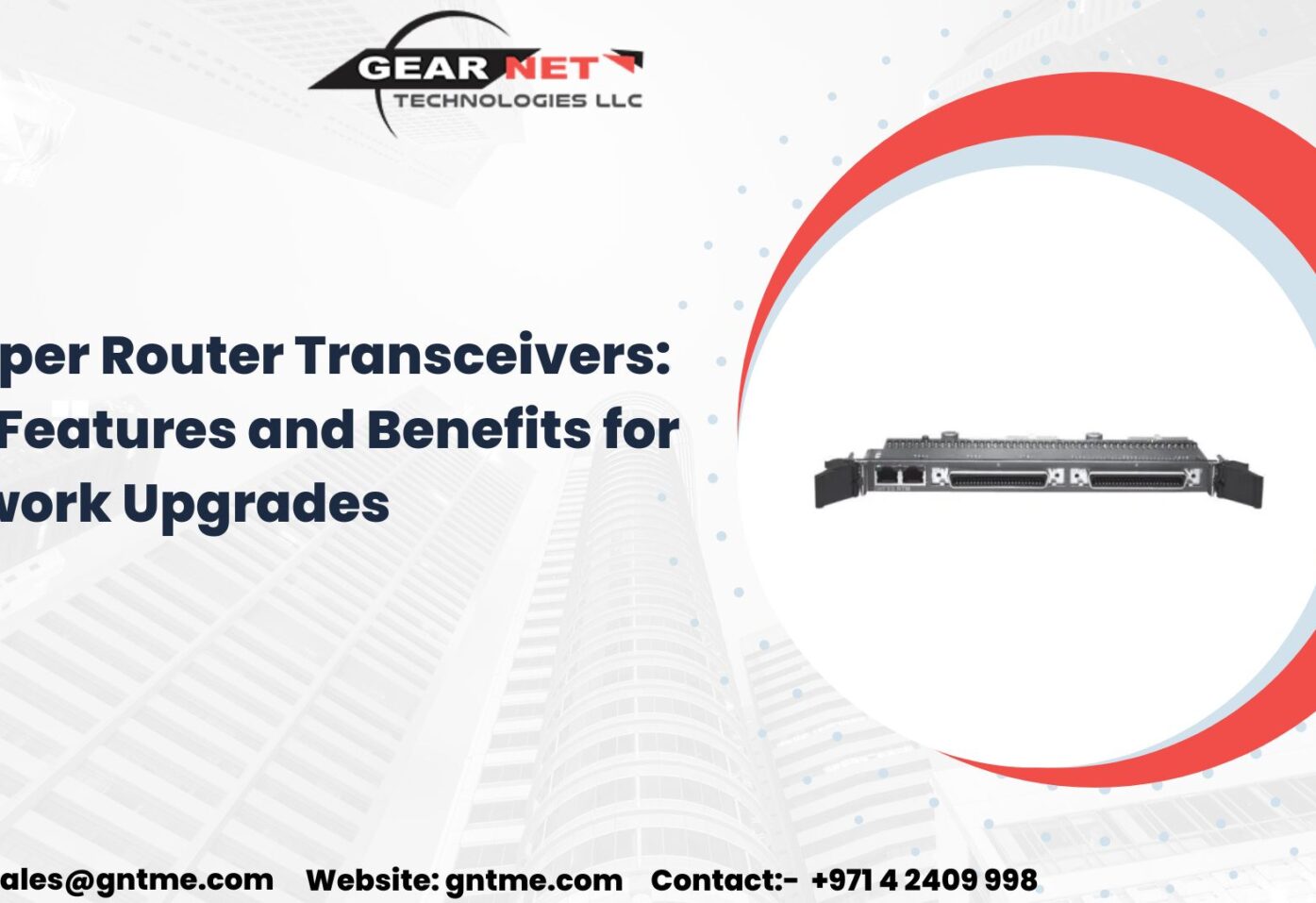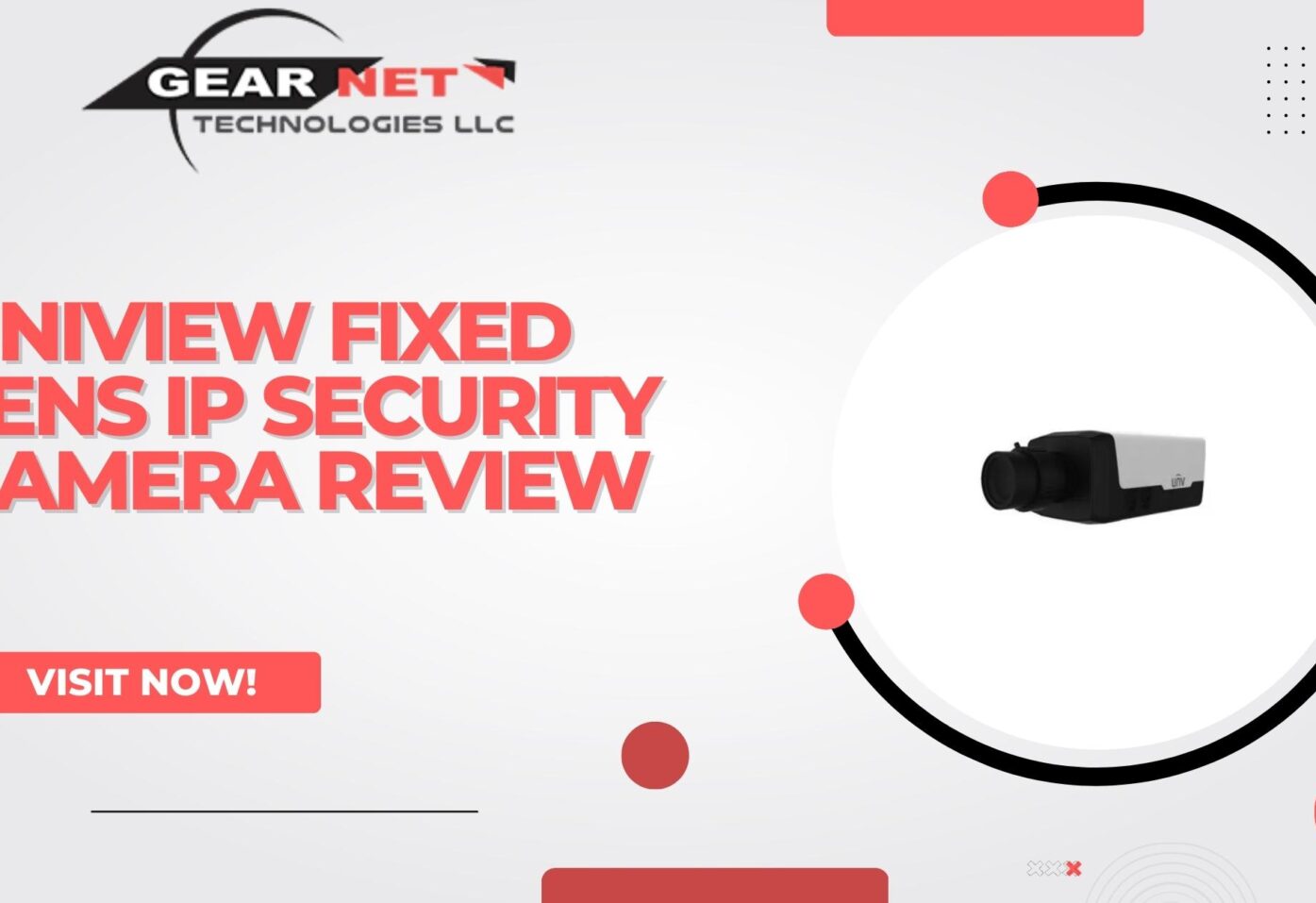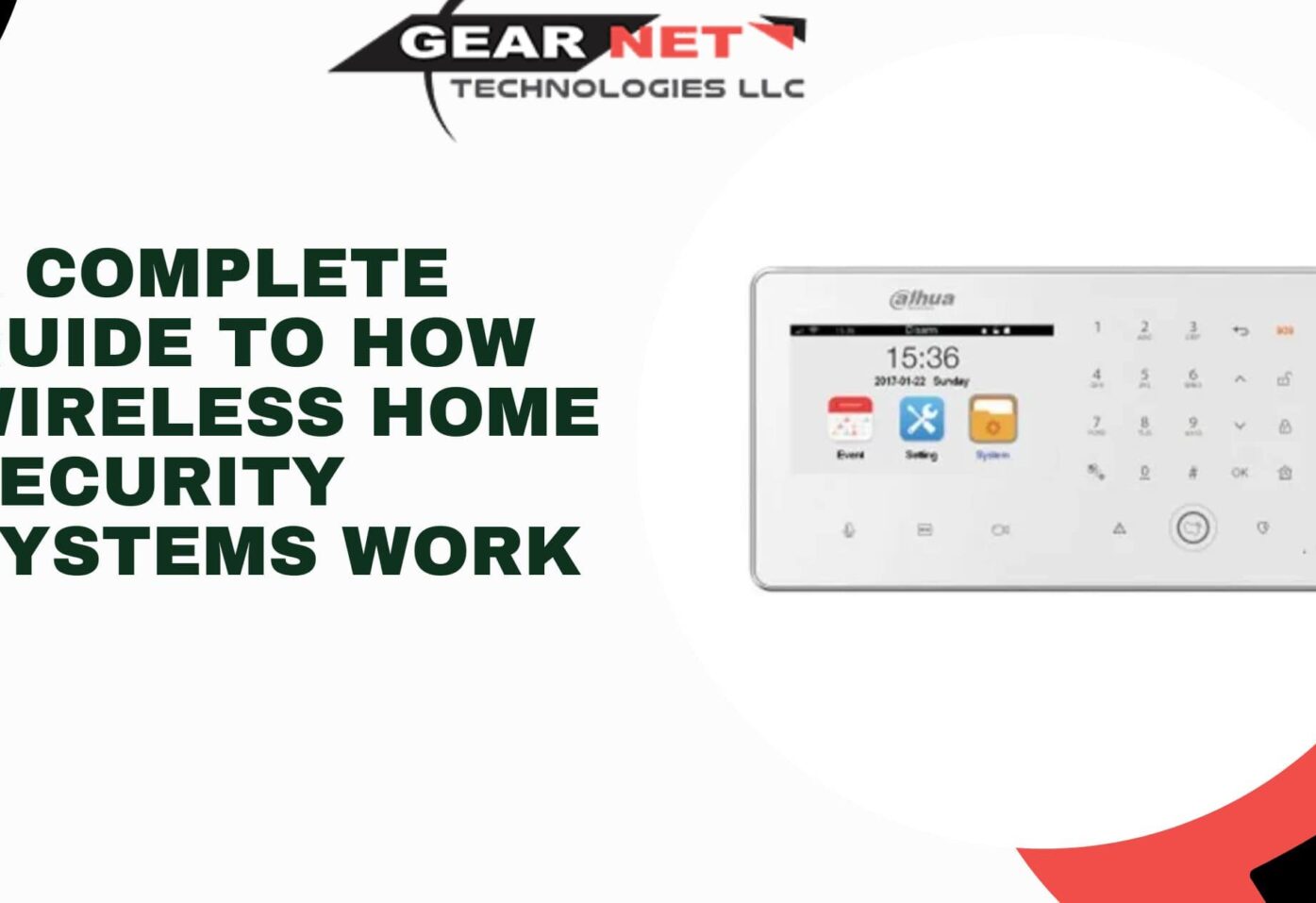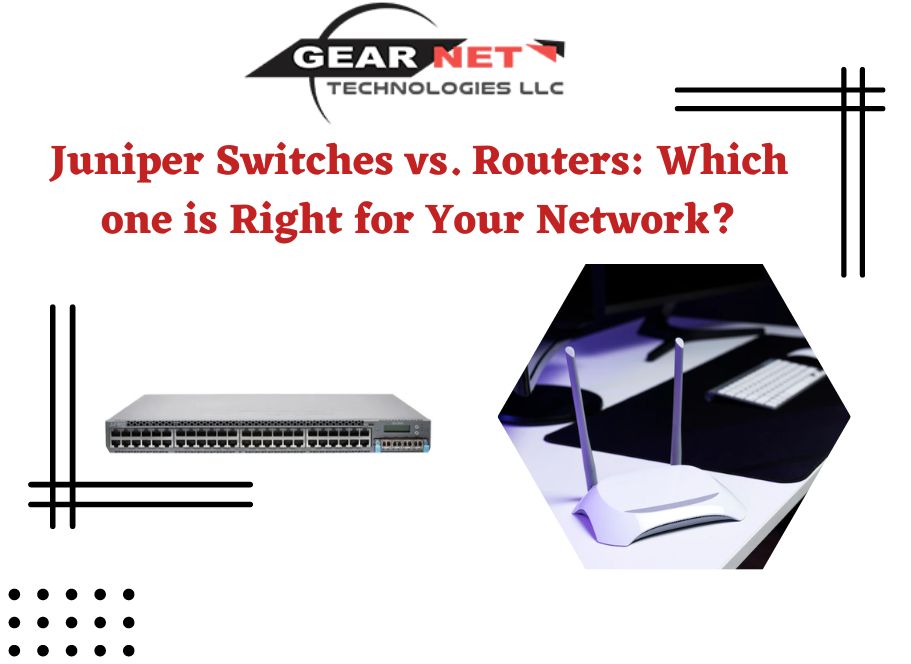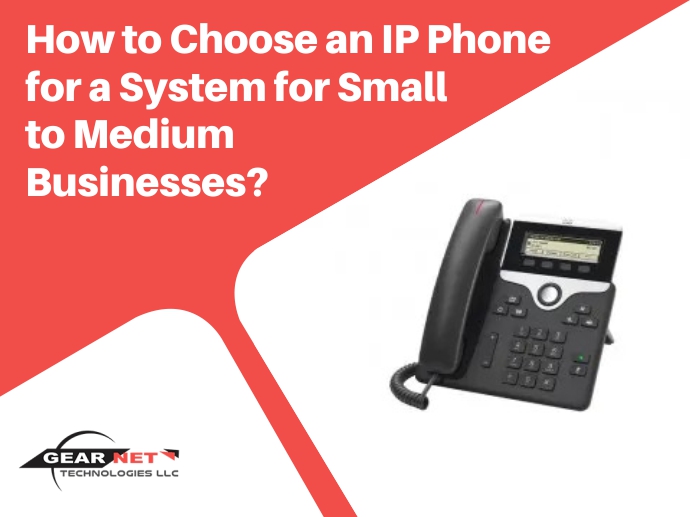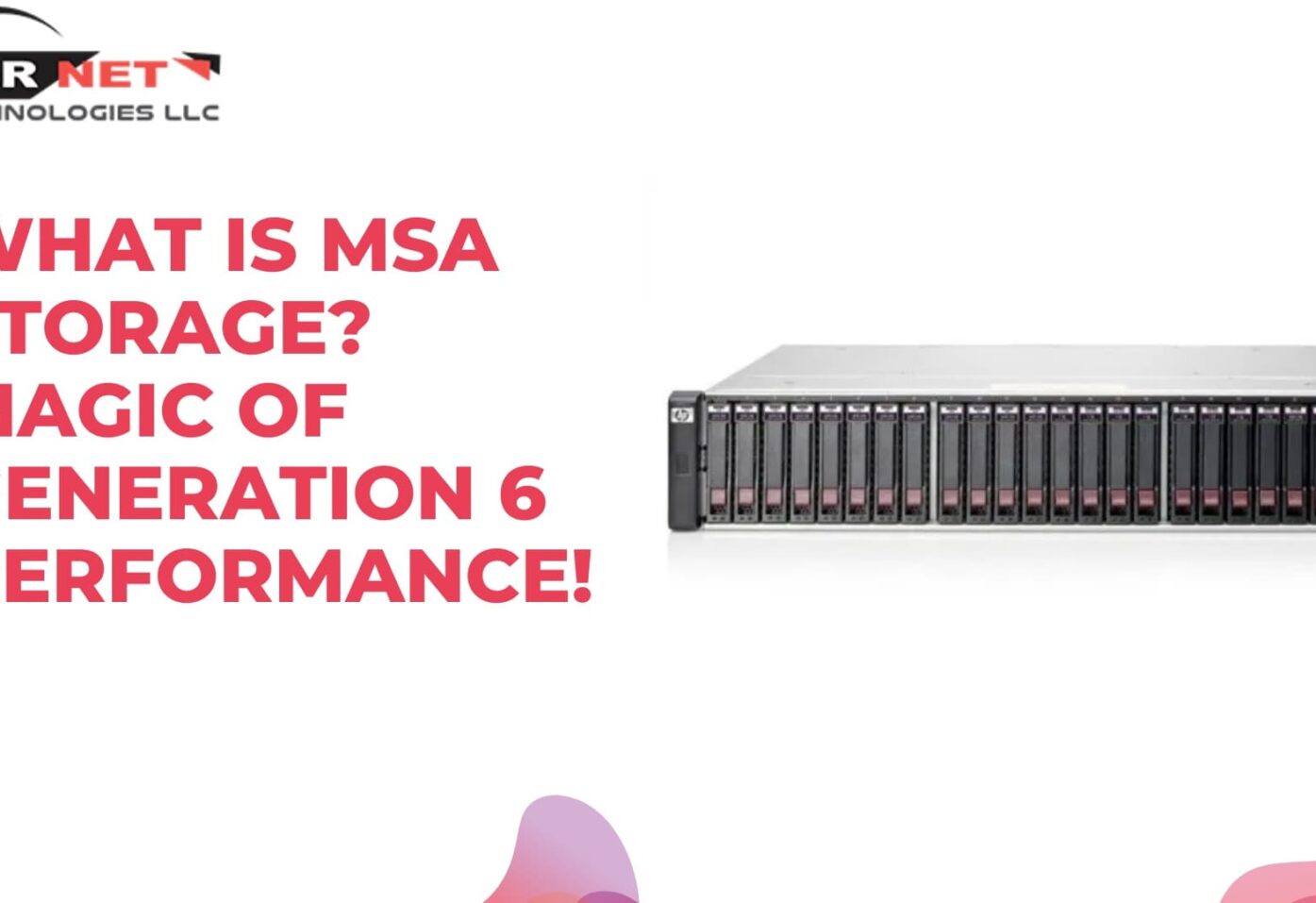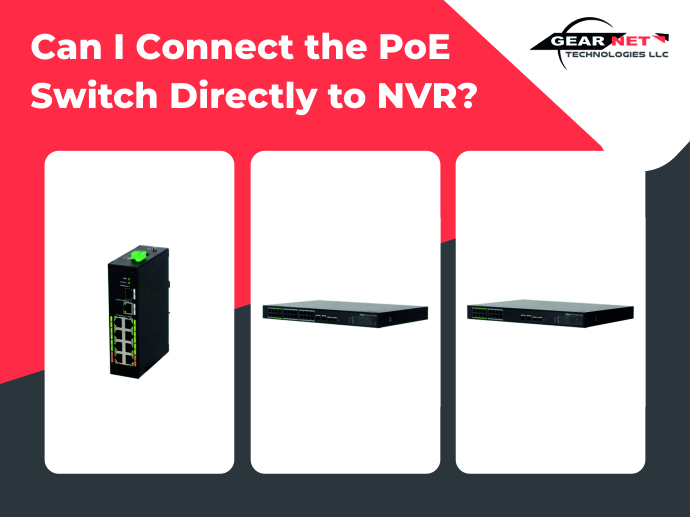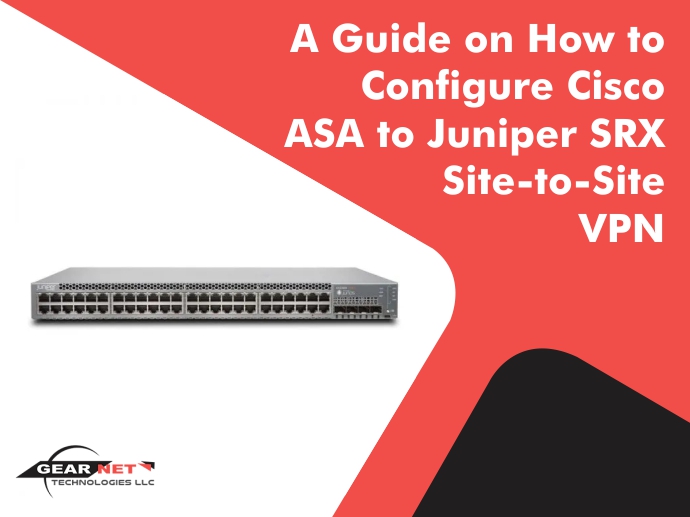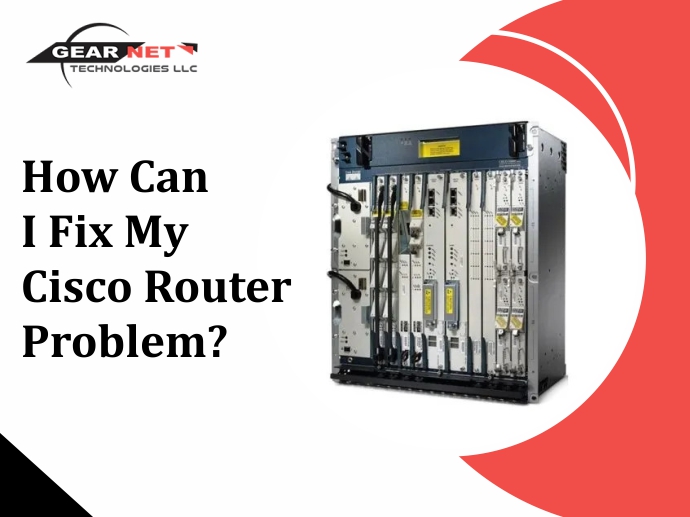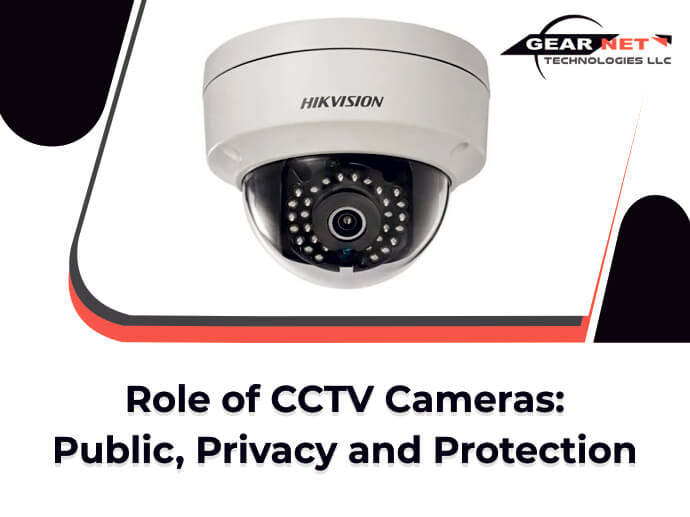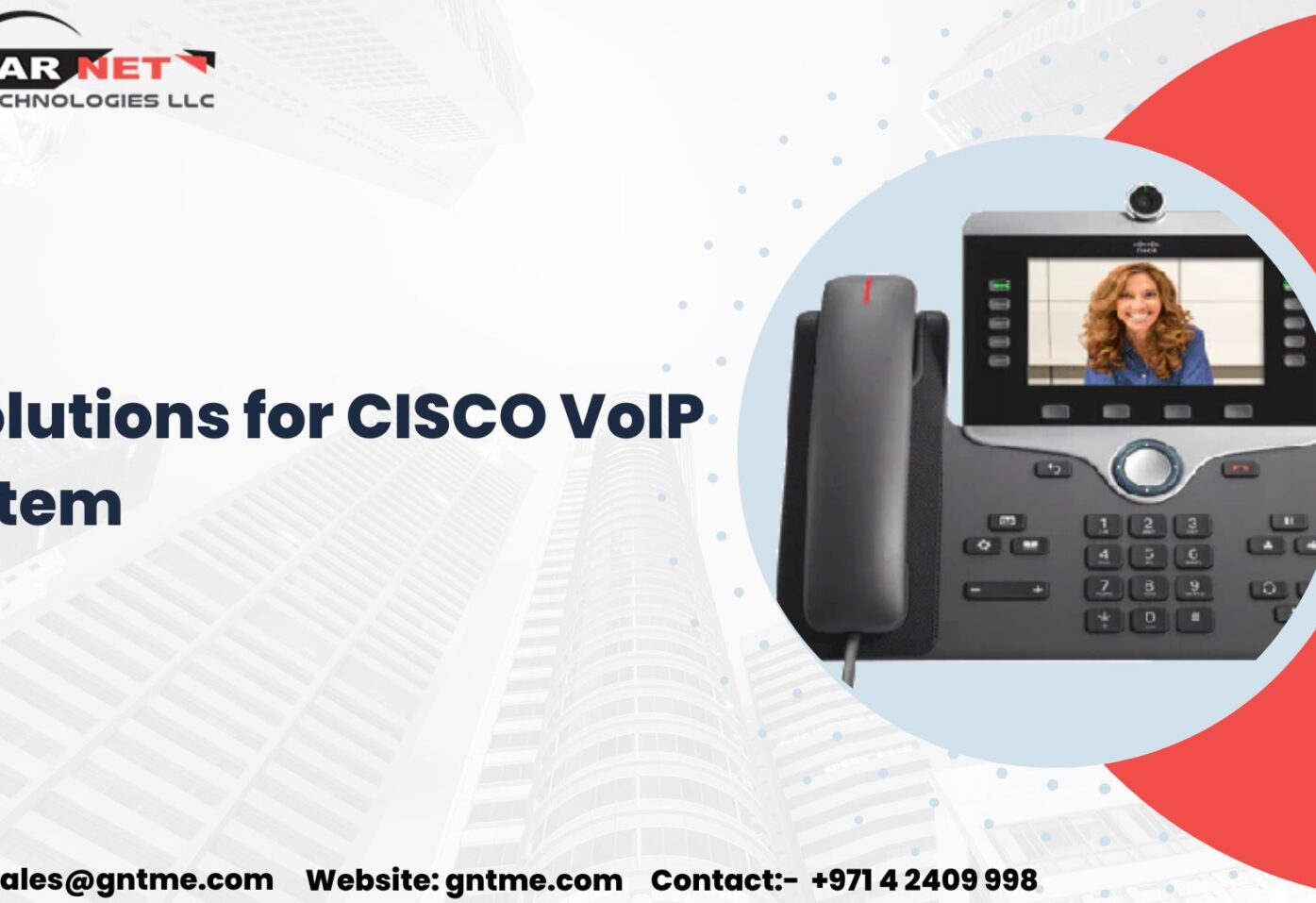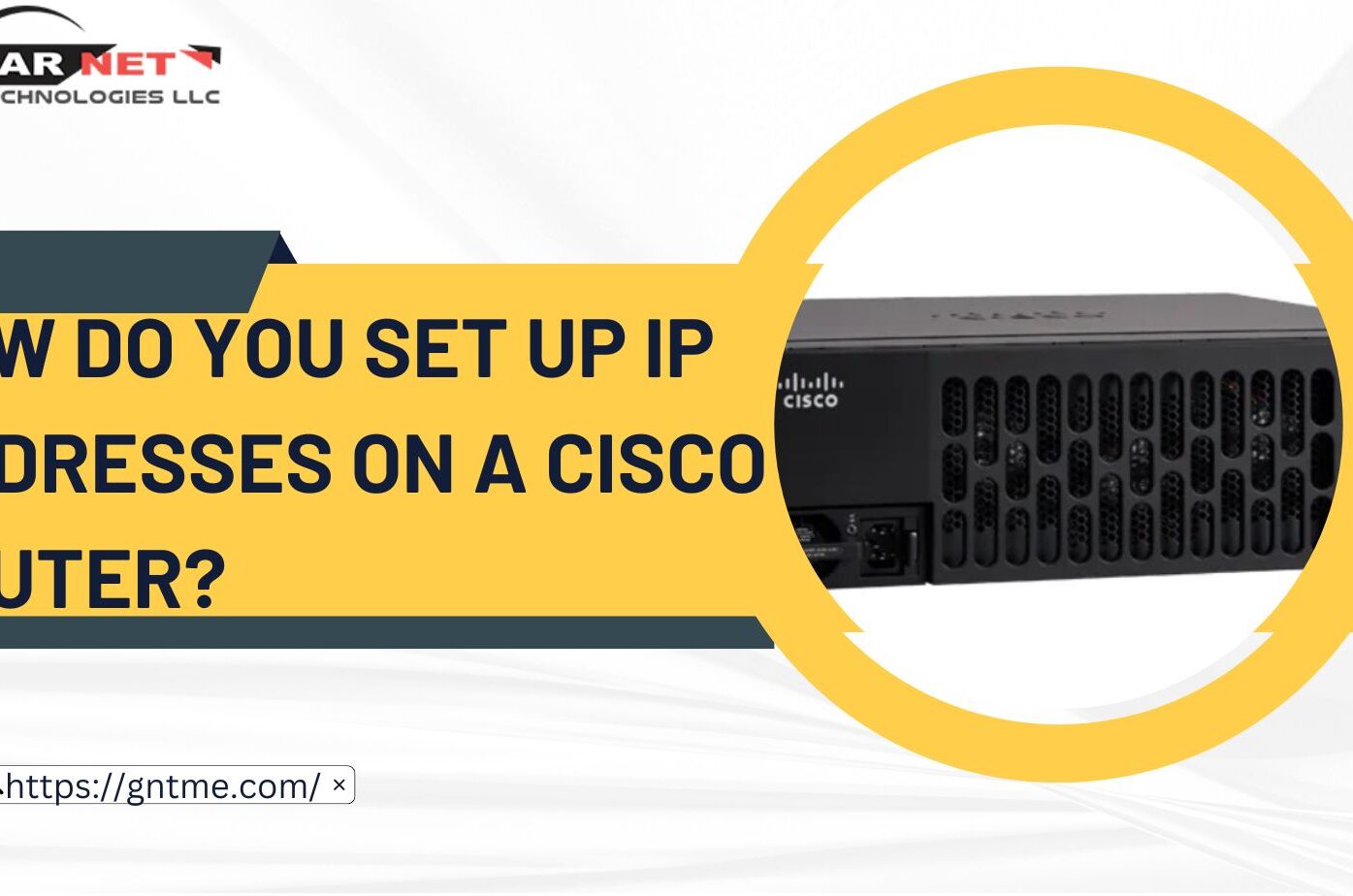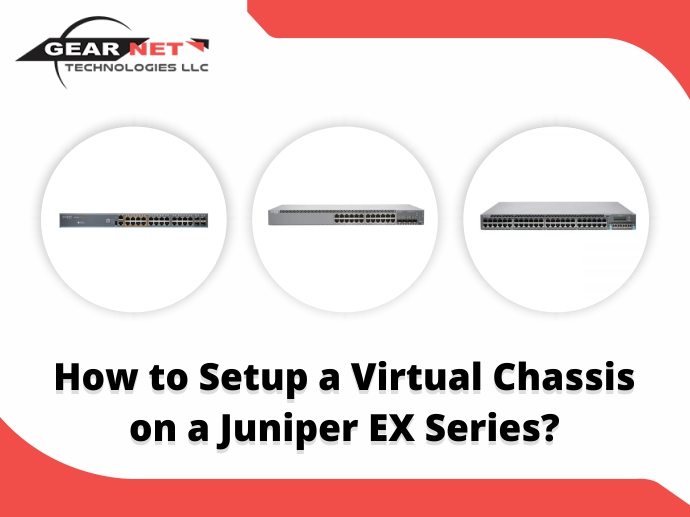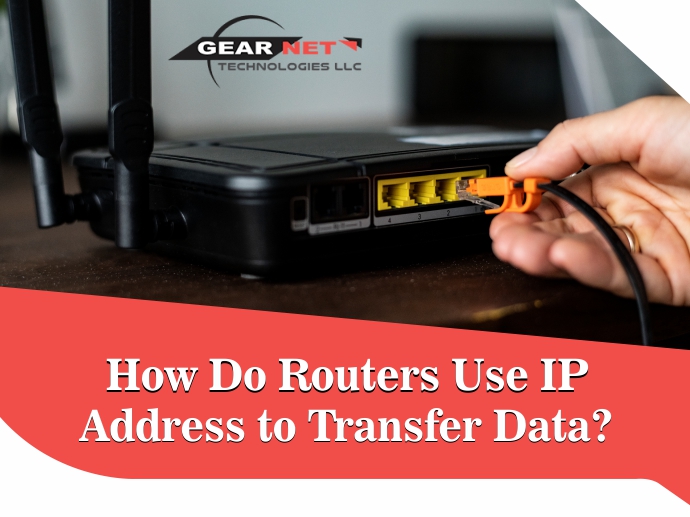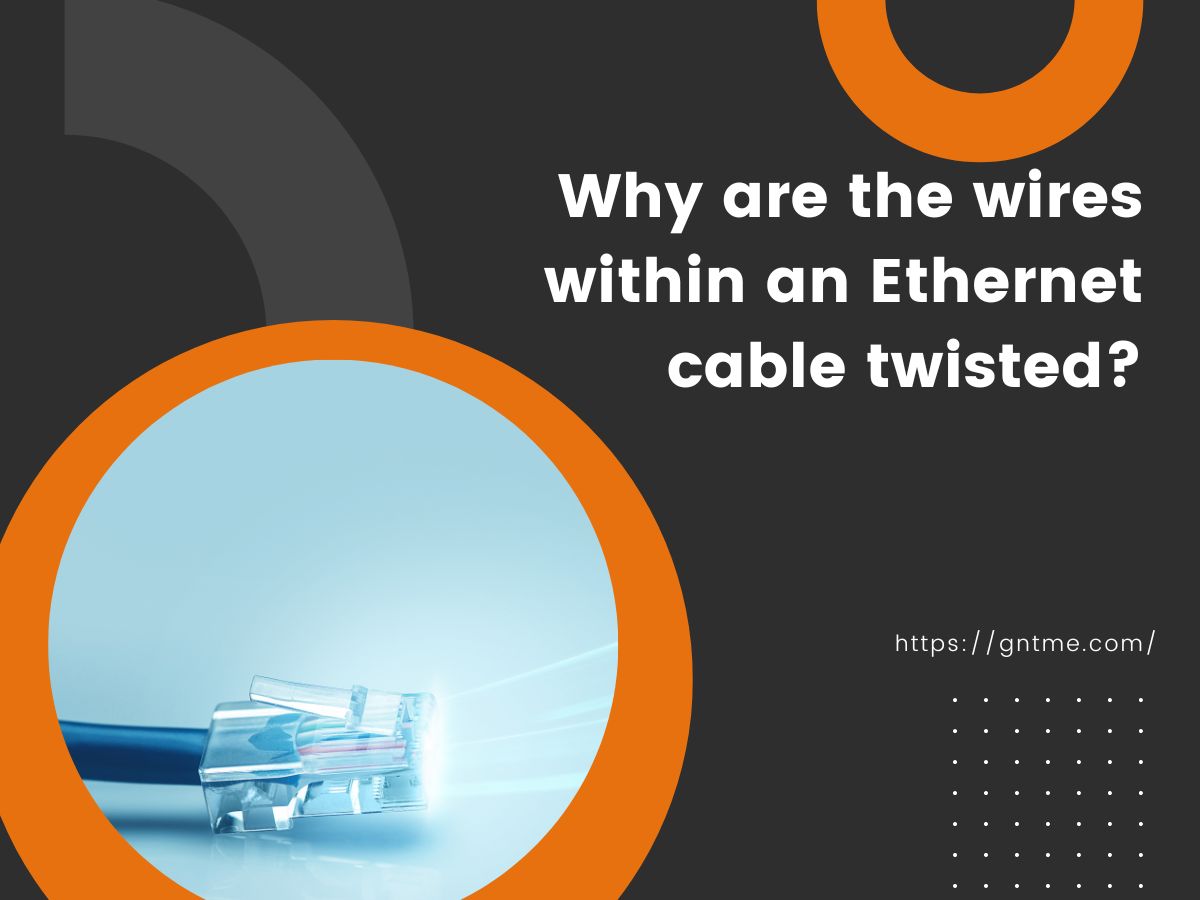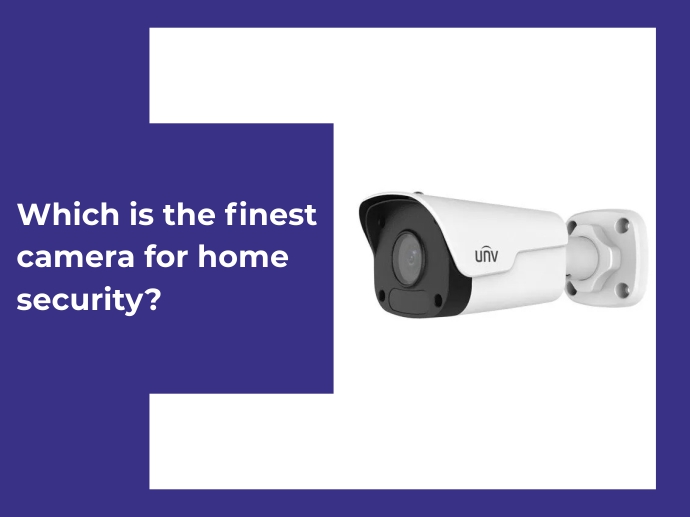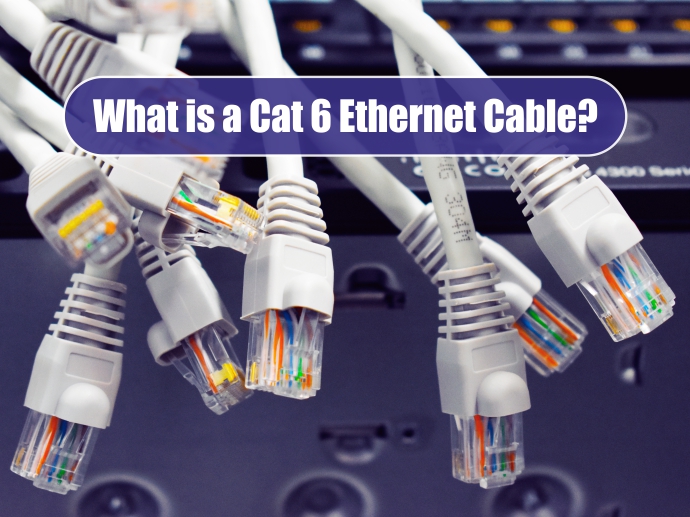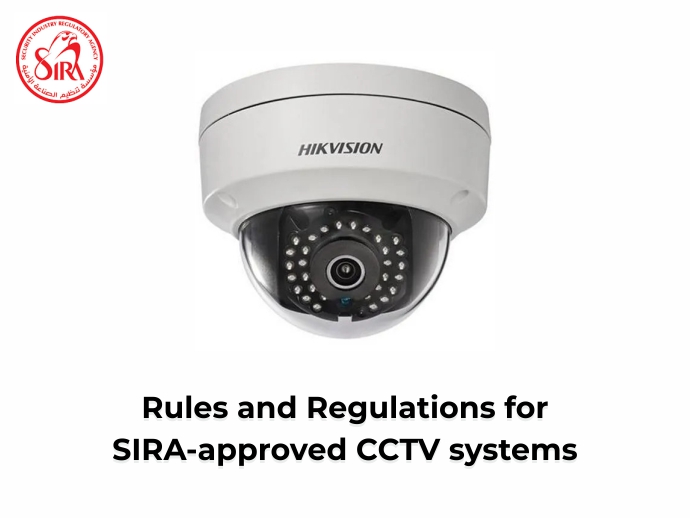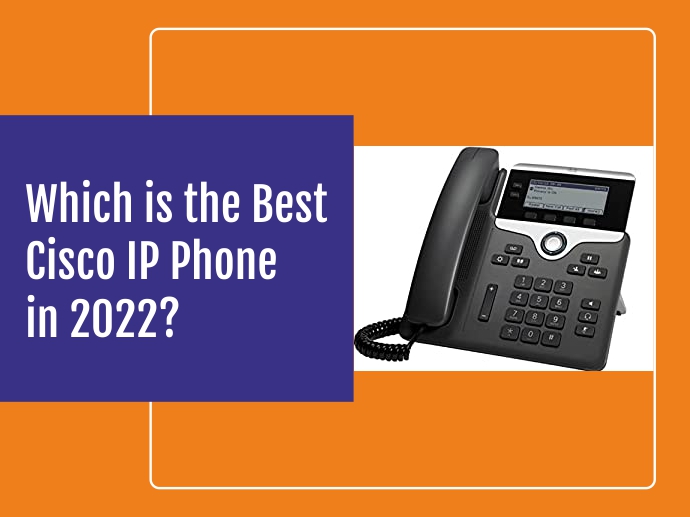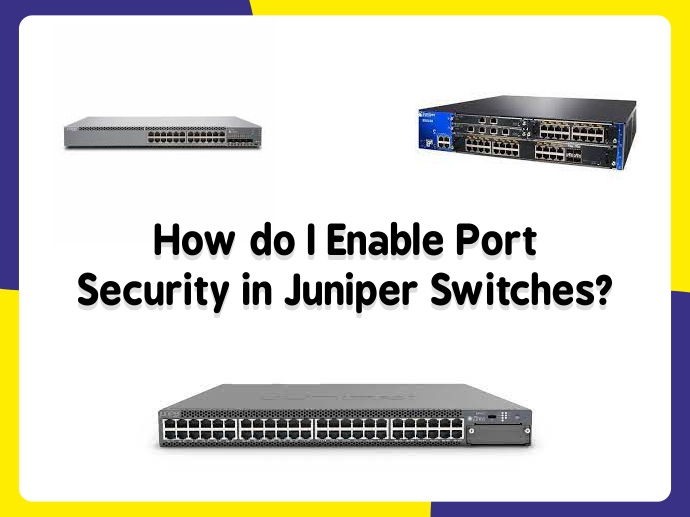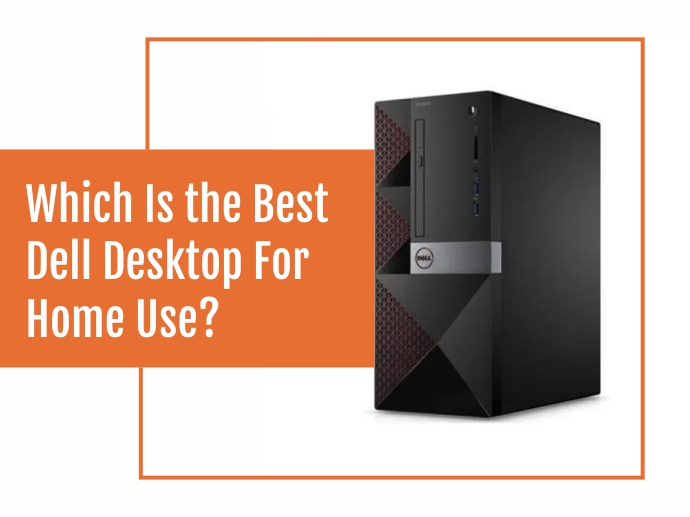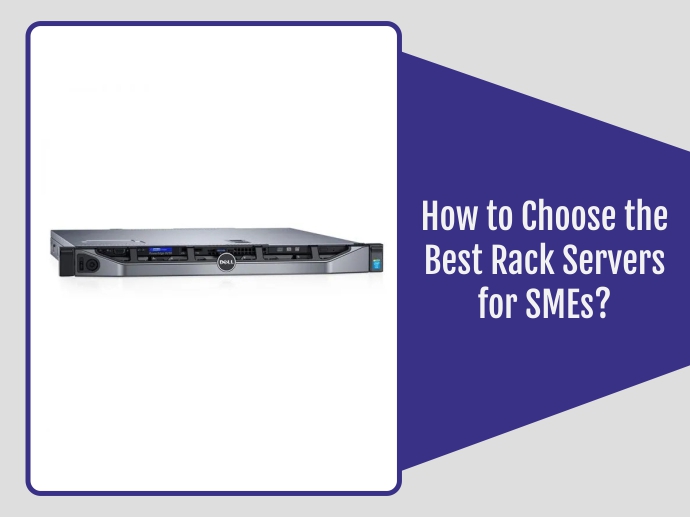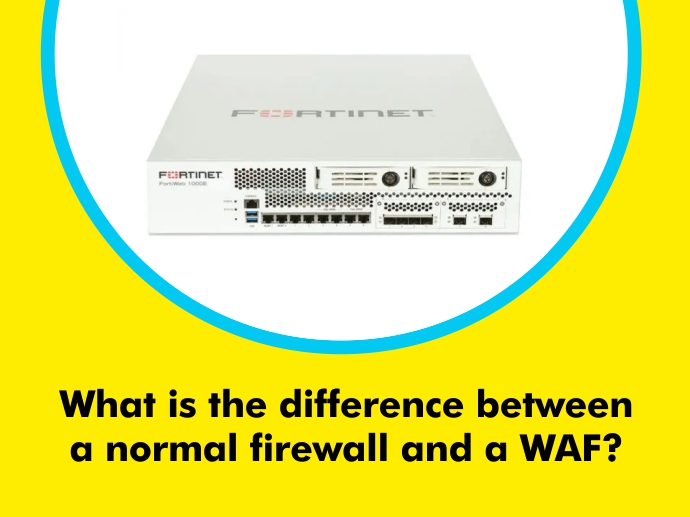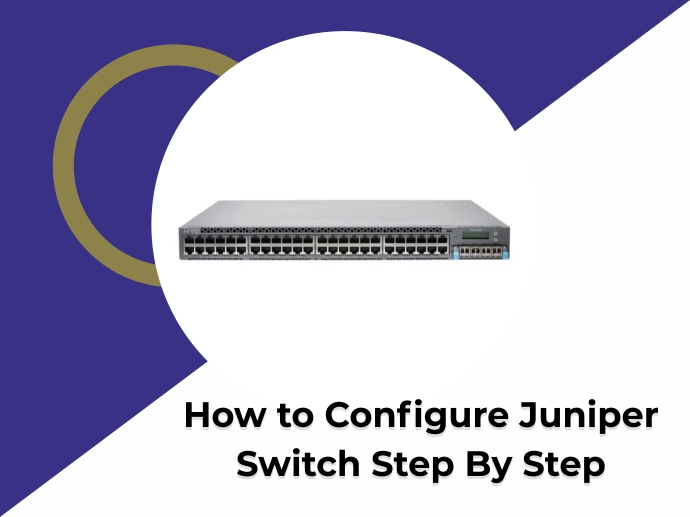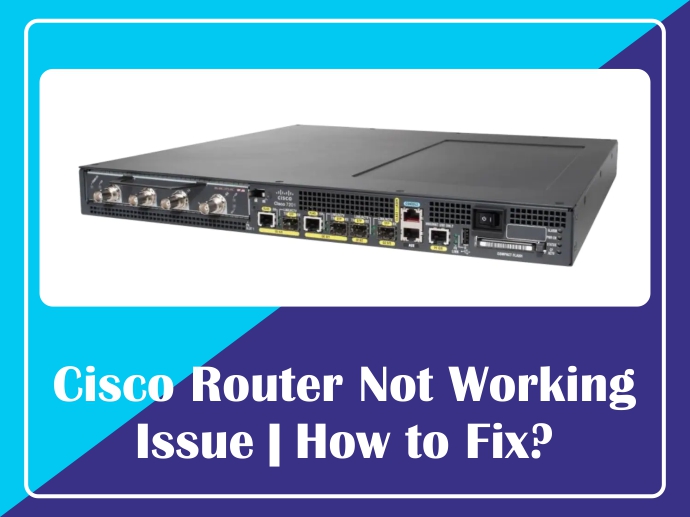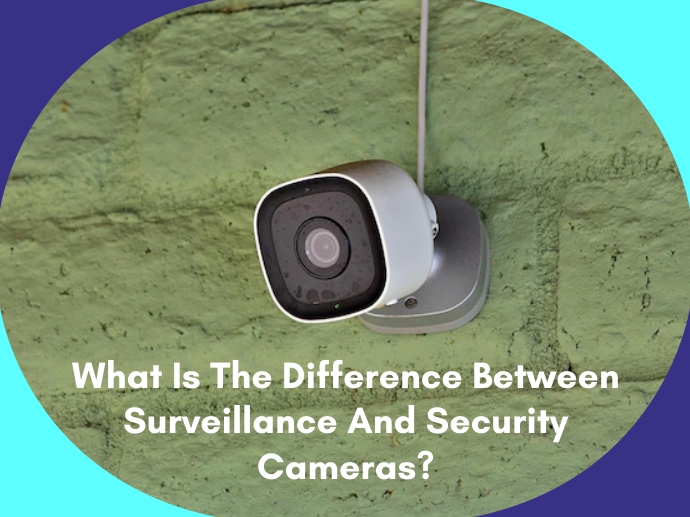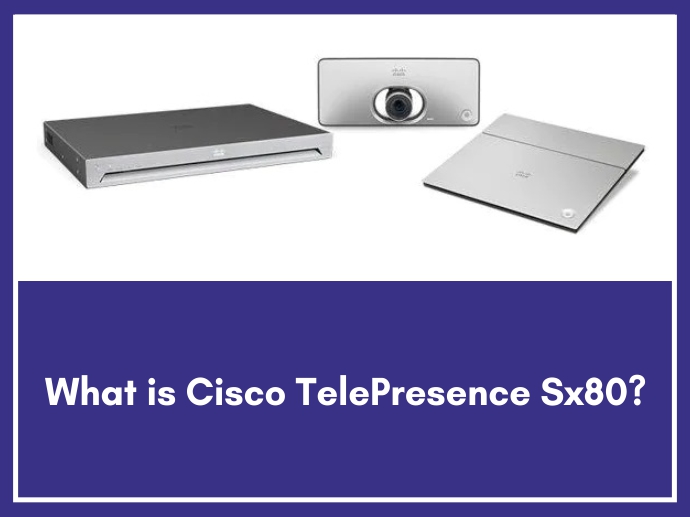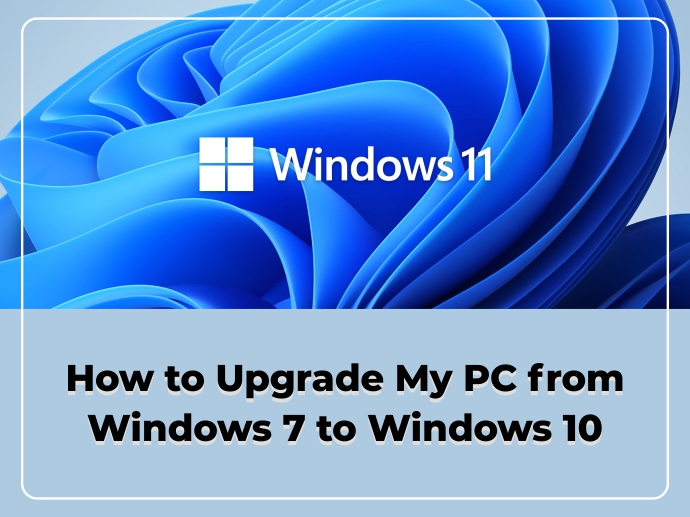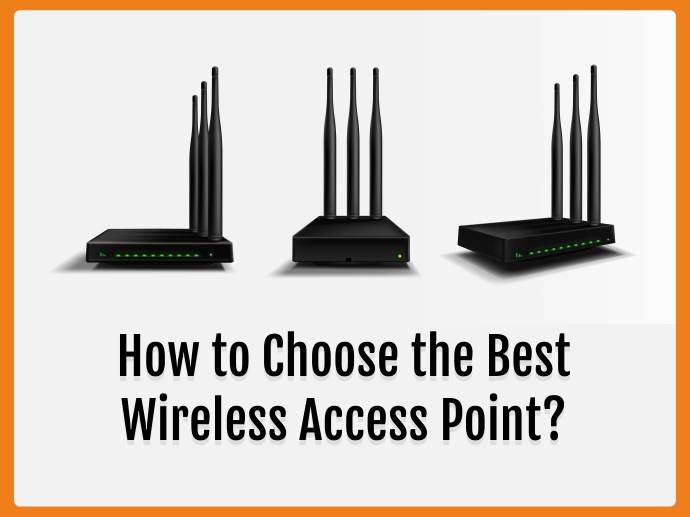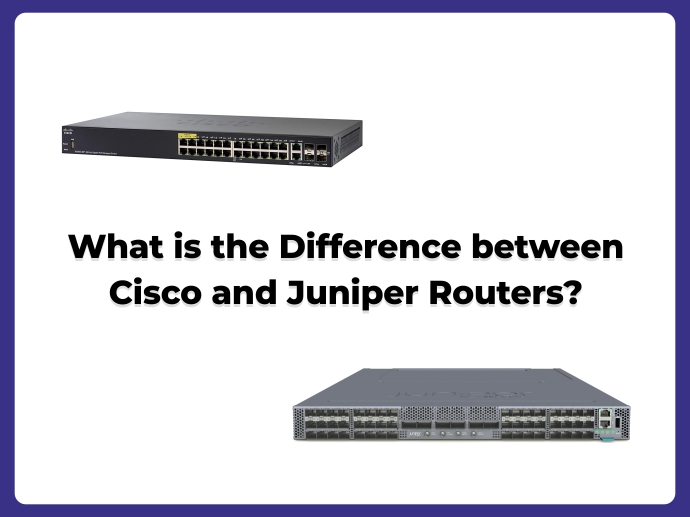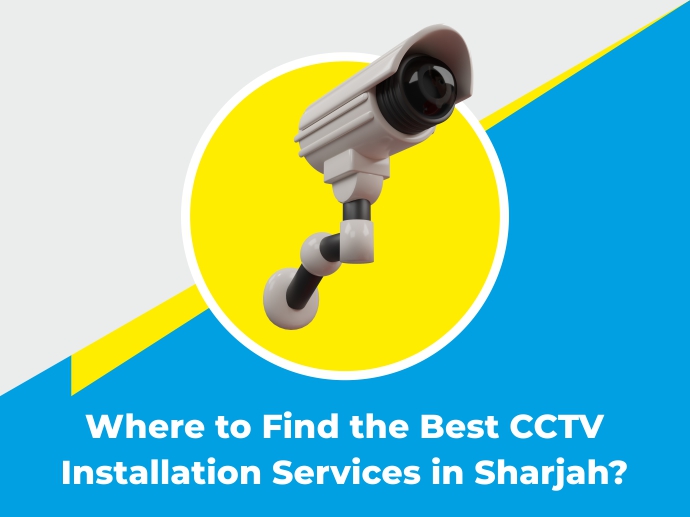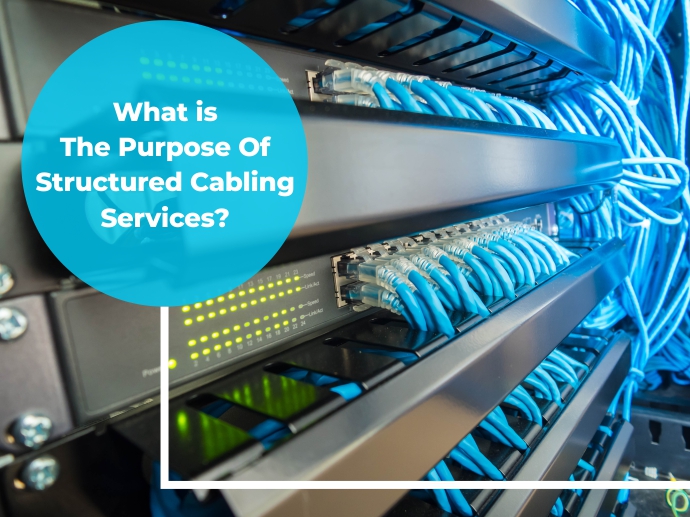Category: Uncategorized
Juniper Switches vs. Routers: Which one is Right for Your Network?
Juniper is one of the popular IT networking brands, especially for its switches and routers.
As routers and switches are the connecting devices in a network, people assume them to be the same. Often, people buy them interchangeably thinking their work will be done. But, the fact is routers and switches have different functionality. So, if you want a seamless network connection, choose the right option between the two.
In this post, we will discuss what routers and switches are, how they function, and how they are different.
What are routers and switches?
Switches provide the facility to share information & resources by connecting different networking devices, such as computers, printers, and servers. The connected devices share data and information and communicate with each other. Usually, switches are used in a small business network setup.
Routers connect switches and their corresponding networks, building a large network. The switches and networks can be in a single location or different locations. Compared to switches, routers are smarter. They distribute or route the internet connection from the modem to all networking devices.
The two major functions of routers are to create and maintain the local area network and manage the entering and leaving of data.
How do routers and switches work?
A unique Media Access Control or MAC address plays an important role in the functioning of the switches. Switches put the IP Packet, which is sent by a device or computer to another device, with the source MAC address and destination MAC address. Other than this, switches encapsulate the IP Packet with a Frame and then send it to another device.
Routers work by connecting various networked devices, such as PC, tablets, printers, etc., to the network and form a network. First, the routers connect the modem to other devices, allowing communication between the devices and the internet.
Later, the routers transmit the data packets with the defined IP address from one network to another or within a network by providing a local IP address to each device over the internet. The local IP address ensures that data reaches the right place and does not get lost within the network. Routers find the best and fastest path to send data packets to the devices connected within the network. It’s very similar to the delivery package.
What are the benefits of routers and switches?
Switches enhance the available bandwidth of the network, enhance the performance of the network, reduce the workload on the individual host such as PCs, can be directly connected to the workstations or devices, and have less frame collision.
Routers enable most networking devices to connect easily at any time, can connect with the different architectures of the network, provide highly secure network access with password protection, reduce the network traffic with the help of the collision feature and provide data packets to correct destinations with the best route using the routing table and intelligence.
How are routers and switches different?
- Switches connect the end devices, such as computers, printers, etc; whereas, routers connect two different networks.
- Switches work on the data link layer of the OSI model, but routers work on the network layer of the OSI model.
- Switches determine the destination address of the received IP packet and forward it to the destination address. But, routers find the smallest and best routes for the packets to reach the destination. This is determined using the routing table.
- Switches use various switching techniques, such as circuit switching, packet switching, and message switching; whereas, routers use two routing techniques. The two techniques are adaptive routing and non-adaptive routing.
- Switches store MAC addresses in the lookup table or CAM table, getting the source and destination addresses. On the other hand, routers store the IP addresses in the routing table.
Which are popular Juniper routers and switches?
Juniper switches:
EX2300 Ethernet Switches
Used for micro-branch and converged network access deployments, the EX2300 Ethernet Switches are compact, high-performance switches. Both EX2300 and EX2300-C Ethernet switches deliver a compact, high-density, cost-effective solution, especially for small network environments. These two models support Juniper’s unique Virtual Chassis technology, which enables four switches to be connected and managed as a single device.
EX3400 Ethernet Switches
As a cost-effective solution, the EX3400 Ethernet Switches serve high-volume data, voice, and video enterprise environments. These switches are compact, and fixed-configured, offering levels of performance and management. This was previously available only with high-end access switches. These models support Virtual Chassis technology, interconnecting up to 10 switches that can be managed as a single device.
Juniper routers
Juniper networks MX104 routers
Simply defined, the MX104 routes are compact, highly redundant, temperature-hardened 3D universal edge routers. These routers are built for space and power-constrained provider and enterprise facilities. As the routers are powered by Junos OS and the programmable Trio chipset, they share the same advanced routing, switching, security, and service features that are available in large MX Series platforms. They can thrive in a hyper-connected world.
Juniper Networks ACX500
A universal access router, the ACX500 is a small form factor, hardened fanless router, delivering up to 6 Gbps throughput. This router comes with an integrated software-enabled GPS receiver and supports a rich set of security, timing, and synchronization features. The ACX500 supports the Junos operating system. With this system, you can easily customize the provisioning and integration of third-party apps and tools.
To choose between Juniper routers and switches, you should determine your requirements. You should know which networking device will work best for you and your organization.
If you want to know more about Juniper switches and routers, please connect with us via WhatsApp at +971585811786.
How to Choose an IP Phone for a System for Small to Medium Businesses?
Almost all businesses have adopted cloud VoIP as part of their communications strategies due to their many benefits. However, if you own a small to medium business, it can be difficult to decide which IP phone system is best for your needs.
With so many features and options available, it’s hard to determine which one is the most cost-effective and reliable. However, the right IP phone system can help you to streamline operations and improve communication between employees and customers.
The first step in any Cloud VoIP deployment is to determine where VoIP handsets will be needed, what type of handset you want to use, and if supporting infrastructure is available or not.
What is a VoIP Phone?
Voice over Internet Protocol (VoIP) phone is a type of telephone system that uses an internet connection to make and receive calls. It’s also known as a Voice over IP (VoIP) phone system, an Internet phone system, or an IP phone system.
This type of system is becoming more popular for businesses, as it’s often more affordable and easier to set up than traditional landline phone systems.
VoIP phone systems work by sending the audio signal of each call over the internet, rather than through a physical phone line. This allows you to use any internet-connected device, such as your computer or smartphone, as your VoIP phone. It also eliminates the need for long distance calling fees, since the call is routed through the internet instead of the traditional phone network.
Networking and Power
When it comes to choosing an IP phone system for small to medium businesses, it’s important to consider the networking and power requirements. The IP phones you select need to be able to run off of your business’s existing network, and they need to be able to connect to power outlets.
When it comes to networking, you should make sure the phones are compatible with your current network infrastructure. This includes checking that the phones have the right ports, protocols, and other components necessary for them to work on your network.
If your network is a wireless one, then you need to make sure that the phones have the right wireless protocols in order to connect to your Wi-Fi. Additionally, check if your router or switch has enough ports to connect all the phones.
As for power, you need to make sure that the phones have power outlets close enough to them for them to work properly. For businesses that don’t have power outlets near the phones, there are many models that offer PoE (Power over Ethernet) which allows you to power the phones through the Ethernet cable.
Finally, it’s important to think about how much power your chosen phones will draw from your power sources. You want to make sure that you won’t be overloading your system by powering too many phones at once.
Overall, make sure that you take into account the networking and power requirements when selecting an IP phone system for your business. This will help ensure that your system runs smoothly and that your business isn’t suffering from any network issues.
Selection of a Handset
When selecting an IP phone system for a small to medium business, it is important to choose the right type of handset. This includes selecting between physical handsets and ruggedized handsets.
Physical handsets are the most common type of IP phone and can be used in both home and office environments. These handsets typically come in standard sizes and are usually feature-rich.
They usually have color screens, full-duplex audio, backlit buttons, and multiple lines that allow for multiple simultaneous calls. Physical handsets are typically designed for use in non-rugged environments, making them an ideal choice for offices, businesses, and other places that don’t require extra protection from dust and water.
Ruggedized handsets are designed for use in more extreme environments where there is a need for additional protection from dust, water, and other debris. These handsets are designed with special weatherproof cases that protect against accidental damage.
They also typically include more durable components like reinforced buttons and LCD displays that are better suited for harsh conditions. Ruggedized handsets are typically more expensive than standard physical handsets, but they offer extra protection and durability in rough environments.
Why You Need a VoIP Business Phone Service
VoIP (Voice over Internet Protocol) business phone services offer a reliable and cost-effective way for small to medium businesses to keep in touch with customers, suppliers, and employees. By taking advantage of Voice over Internet Protocol (VoIP), small to medium businesses can save money on phone bills while still receiving the same quality of service.
For example, VoIP services provide call forwarding, conference calling, and other features that enable businesses to increase productivity and keep their customers connected. Additionally, VoIP services often include easy setup and intuitive features that make them easy for even small business owners to understand.
On top of these benefits, VoIP business phone services come with numerous security features to ensure that your business conversations are kept private and secure. Furthermore, VoIP services offer scalability options that allow businesses to add or subtract users as needed, making it easy for businesses to grow without having to invest in additional hardware.
Conclusion
When it comes to choosing an IP phone for your business, it’s important to consider your needs and budget. With the right IP phone system in place, you can enjoy reliable communication and top-notch customer service. If you need to buy VoIP phones or you need help with the selection of the right Cisco IP phones VoIP for your network and devices, please connect with us via WhatsApp at +971585811786. Whether you’re looking for basic functionality or more advanced features, you’re sure to find a phone that meets your needs and fits your budget.
What is MSA storage? Magic of Generation 6 Performance!
Are you looking for incredibly simple and affordable flash storage? The HPE MSA 2062 Storage is a flash-ready hybrid storage system designed to deliver hands-free, affordable application acceleration for small and remote office deployments. It gives you the combination of simplicity, flexibility, and advanced features you may not expect in an entry-priced array.
It allows you to start small and scale as needed with any combination of solid-state drives (SSDs), high-performance Enterprise SAS HDDs, or lower-cost Midline SAS HDDs. With the ability to deliver 325,000 IOPS, the new MSA 2060 is up to 45% faster than its prior generation with ample horsepower for even the most demanding workloads
With a modern design that incorporates several new iSCSI, SAS, and Fiber Channel high-performance generation 6 controllers and a selection of HDD and SSD media, HPE Modular Smart Arrays (MSAs) enable organizations to secure their most valuable data while also making it easily accessible to employees.
Why Is HPE MSA Best for Your Business?
HPE’s entry-level storage portfolio continues to provide clients with performance, simplicity, and flexibility across a wide range of applications. Performance Tiering enhancements enable you to create a high-performance SAN system with a small number of SSDs, allowing HPE MSA Gen6 to deliver application acceleration to every ProLiant workload without breaking the bank.
Three new models simplify simple storage:
HPE MSA Storage, which has been a prominent entry point solution for HPE ProLiant servers for over a decade, now features three new Gen6 models that provide simple, high-performance, flash-ready storage for SMBs:
HPE MSA 1060: Intended for users with fixed capacity and performance requirements who support smaller IT workloads.
HPE MSA 2060: Allows you to increase performance and capacity to handle the most demanding IT applications.
HPE MSA 2062: Includes an HPE MSA 2060 combined with two 1.92TB SSD drives and an Advanced Data Service license, providing the user with significant savings (up to 31% off list price) and the ability to begin using a high-performance inexpensive hybrid-flash storage solution on day one.
Regardless of the model, all MSA Gen6 arrays have a standard set of features that are appropriate for SMB customers looking to speed their transition to hybrid-flash SAN infrastructure. For starters, the new Gen6 architecture makes interacting with and using the array easier than ever.
The new HPE MSA Storage Management Utility (SMU v4) offers straightforward, step-by-step guided workflows that configure the array right out of the box, reducing typical errors and drastically improving the user experience, particularly for tasks that users do not perform daily. Guided workflows make these chores easier and almost eliminate the need for a reference handbook.
MSA Health Check
Want to know how well your system is working and ensure you haven’t overlooked anything in system configuration? MSA Health Check is a cloud-based software to check your system’s compliance with all known HPE best practices and delivers detailed next-step instructions to remedy any concerns in just a few simple actions.
Updated and automated features enhance efficiency
While these sixth-generation arrays include various new features and advancements, it is important to pay attention to three changes that work together to significantly improve performance in the new models.
- Improved Performance: The new Gen6 RAID controller architecture outperforms earlier Gen5 controllers by up to 50%. Reduced system latency allows for faster access to programs and data. It’s a significant performance gain that your users will perceive when using your applications.
- Tiering of Performance 2.0: The Gen6 models include a new “hands-free” Tiering 2.0 algorithm, which provides up to 45% more workload application acceleration than prior Gen4 and Gen 5 models. The increased Performance Tiering option helps to keep “hot” data on the fastest media (such as SSD Flash) by dynamically responding to I/O changes in real time, significantly speeding up access times and enhancing both system and user productivity.
- MSA Data Protection Plus (MSA-DP+): A new RAID-based data protection capability that improves on traditional RAID technology dramatically. If a drive fails, rebuild speed is up to 25X faster than RAID 6, allowing the disc to be repaired in almost no time. This innovative function can eliminate the requirement for idle drive spares and greatly simplify extending or growing the capacity of your array. MSA arrays employing MSA-DP+ now provide more granular capacity expansion, allowing the addition of a single drive or entire expansion shelves to an existing setup.
Over a Decade of Engineering Advancement
HPE MSA has a proven track record spanning well over a decade, with engineering and technological advances that continue to simplify, accelerate, and improve the reliability of inexpensive SAN storage. MSA Gen6 builds on that same high-quality, dependable product tradition.
HPE MSA Gen6 arrays are an excellent choice if you are purchasing a new data storage solution, your data storage infrastructure has become too difficult to maintain, or your old hardware needs a refresh. HPE MSA Storage has always been a straightforward, low-cost storage solution. The new Gen6 models push the boundaries of entry-level storage by adapting to today’s workloads, automating and simplifying IT operations, and securing corporate data wherever.
Contact Gear Net Technologies on WhatsApp (+971585811786) for the best deals on various models of HPE MSA and to learn more about HPE MSA.





